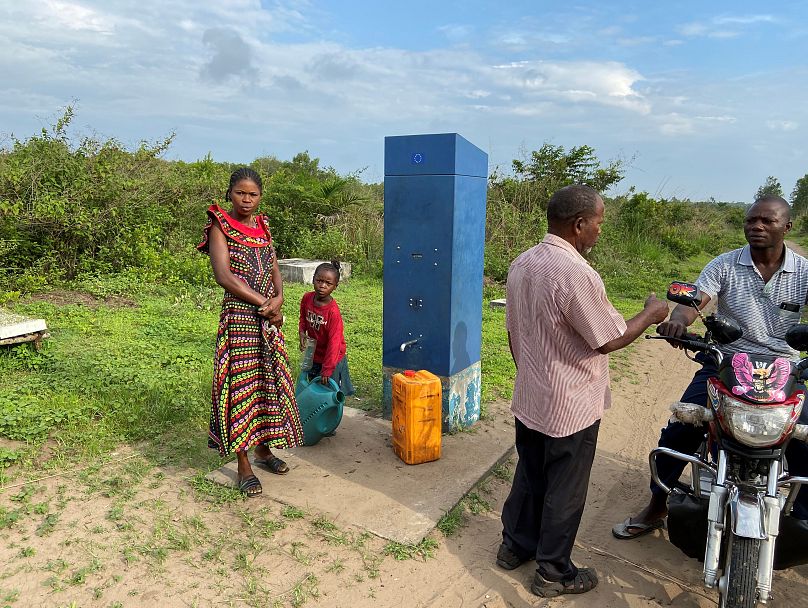Standing at a whopping 55 metres high, Yangambi's flux tower, CongoFlux, in the Congo Basin is one of the latest additions to the world's 1400 already existing flux towers. It was designed by the University of Ghent in Belgium and erected last year in the middle of the forest.
The site where it is located has once again become a place of experimentation where they are trying to fight global warming and restore biodiversity for the benefit of all.
Michel Baudouin, rector at ERAIFT (the regional post-graduate training school of integrated management of tropical forest and lands), explains that the Congo Basin rainforest "is not the second lung of the planet but the first lung of the planet." It is the second biggest in size, but first in terms of a carbon sink.
The Yangambi Reserve was once the largest tropical research station in the world when the country was a Belgian colony. CIFOR, the Center for International Forestry Research, is reviving Yangambi in partnership with national authorities and the project is called FORETS. It is financed by the European Union.
The Yangambi Reserve was once the largest tropical research station in the world when the country was a Belgian colony. CIFOR, the Center for International Forestry Research, is reviving Yangambi in partnership with national authorities and the project is called FORETS. It is financed by the European Union.
Jean-Marc Chataigner, the EU ambassador in the Democratic Republic of Congo says that "The DRC is a solution country. It is a huge country with immense forestry resources." This is one of the reasons it gets the biggest biodiversity conservation fund from the EU in Africa. According to Chataigner, its forestry resources can contribute "to the development of local populations and the conservation of the planet."


No comments:
Post a Comment